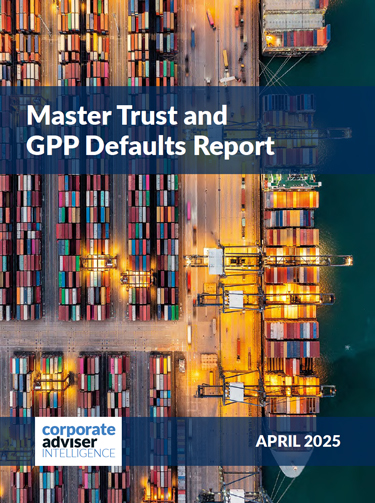The number of companies offering more flexible pension choices is expected to triple within the next three years.
Willis Towers Watson’s latest pension strategy survey found that just 9 per cent of companies currently offer this flexibility. This, for example, would enable employees to use pension contributions for other financial priorities, such as debt reduction.
However three in 10 of these firms (29%) say the plan to offer this within the next three years.
This expected increase is most prominent in large organisations with more than 5,000 employees. Here, 6 per cent currently offer this flexibility, but 38 per cent said they anticipated offering this in future.
Almost half of the businesses (47 per cent) saw increasing employees’ benefit choices or enhancing financial wellbeing programmes as a top priority over the next three years.
However cost control remains an issue, with 40 per cent of firms surveyed saying they need to main spending on benefits and retirement at current levels.
This is a particular issue for employers with open DB plans, with 37 per cent saying they have taken steps to control costs, mainly by increasing member contribution rates.
The survey showed the main priorities for different sized organisations when it comes to retirement and benefit issues.
Larger companies cited a concern with employees’ overall financial wellbeing as their main priority. Mid-size companies are prioritising maintaining benefit spending, while smaller companies aim to maintain spending on retirement specific support.
Willis Towers Watson director of wealth and workplace savings Minh Tran says: “The picture emerging from is one of significant flux both in workplace retirement provision, and in the wider employee benefits package.
“While managing cost remains a key influence, organisations of all sizes are increasingly willing to embrace new ways of structuring and delivering benefits.
“Employers appear increasingly keen to view retirement saving less as a stand-alone issue, and more as an integral part of their employees’ wider financial planning and wellbeing, and are exploring new ways of delivering this support.”





